With the brand new 2019 Xelius SL Disc, French brand Lapierre is sending a thoroughbred racing machine to the starting lines. Read on to find out what the Xelius SL 700 Disc can tell us about two-tier society, and how it fared on the mountain passes around Morzine.

After reviewing the 2017 Lapierre Xelius SL 700 two years ago, it was about time to test the latest iteration of the Groupama-FDJ team bike. When it comes to frame design, Lapierre’s latest offering mostly resembles its predecessor, but the French designers have come up with a few clever features for the 2019 model. Based on the same race-oriented DNA as its predecessor, the Xelius SL 700 Disc should feel most comfortable on hilly stages and steep climbs. For this reason, stiffness and weight optimisation were at the forefront of development.
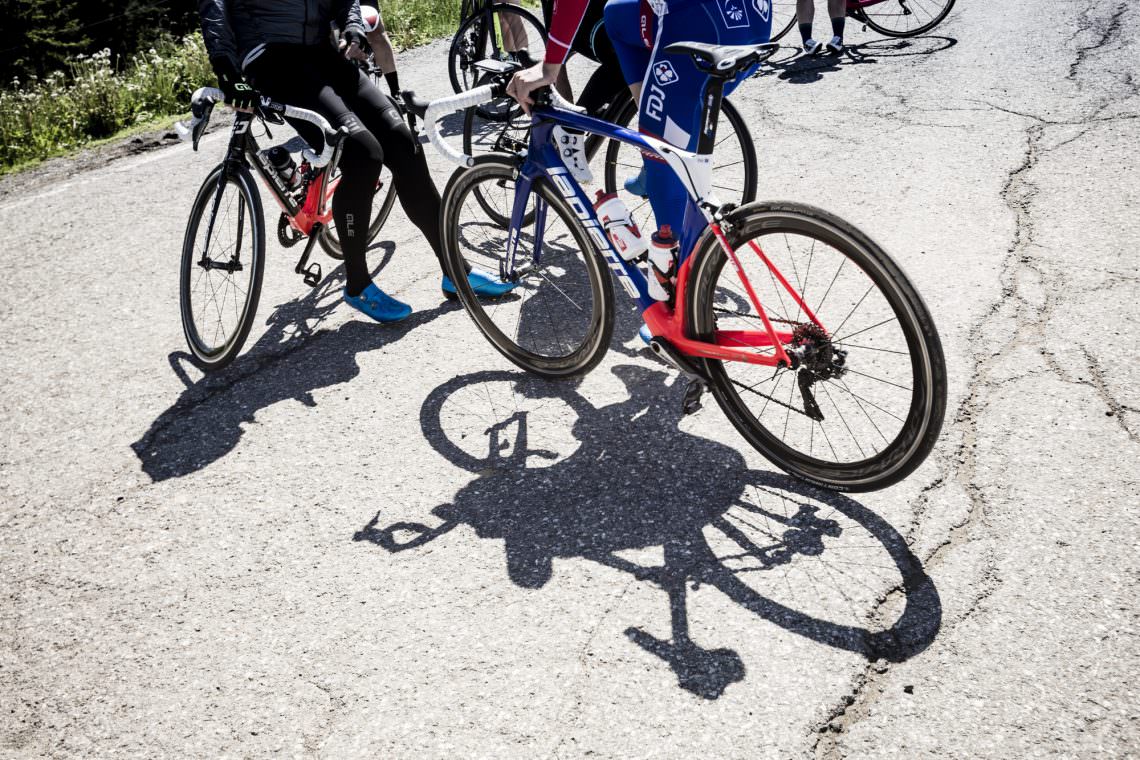
Lapierre Xelius SL 700 Disc 2019 – Concept
To achieve the self-imposed goal of reducing weight by 10% while maintaining rigidity, Lapierre’s engineers dedicated themselves to the details of the carbon frame. In the course of doing so, the production process of the frame was completely redeveloped. Almost 300 carbon layers are wrapped around the new latex core. As a result, the pressure exerted on the material during baking is distributed more evenly and the inner sides of the carbon tubes thus become smoother and more homogeneous, or so we’re told. The flow of the resin is also supposed to be more uniform to prevent wrinkles.
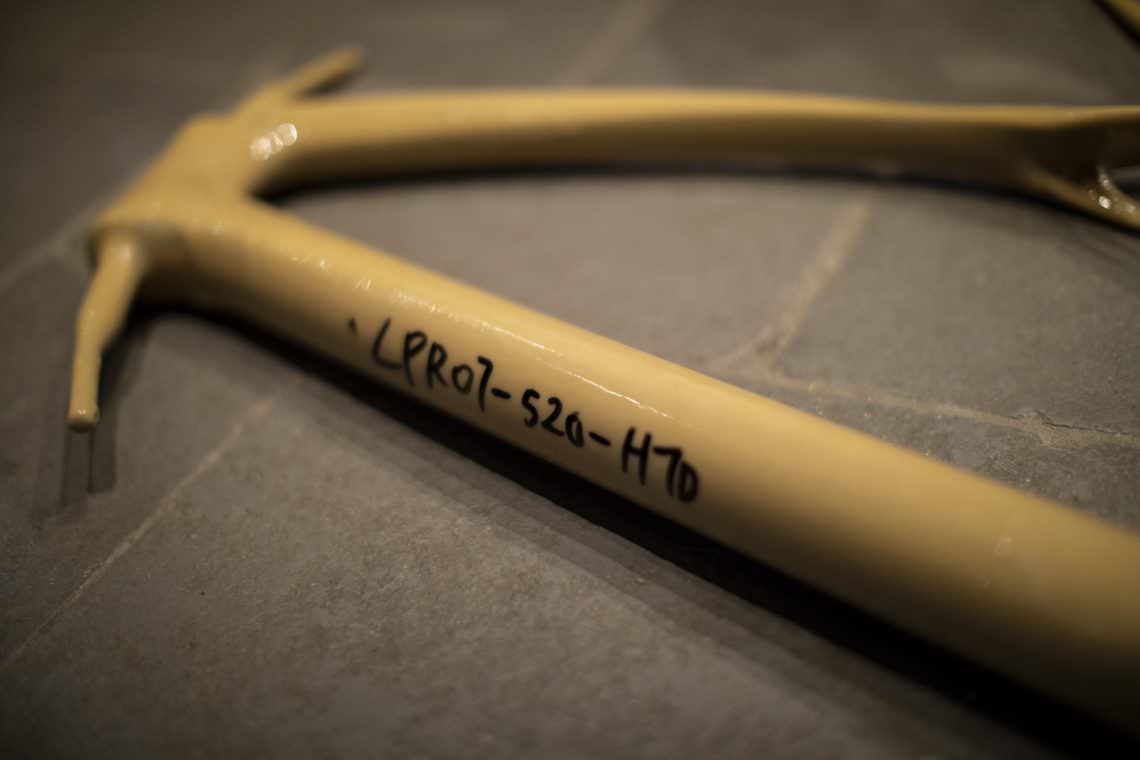
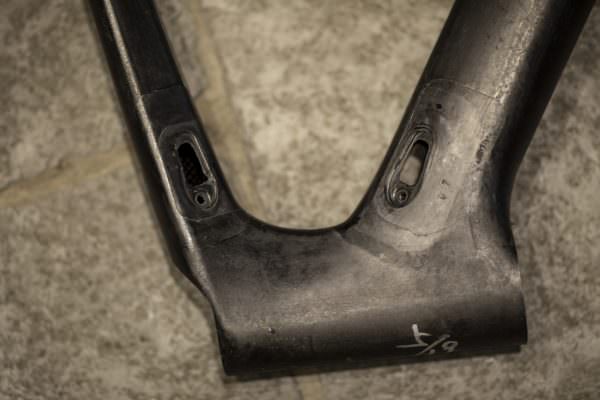
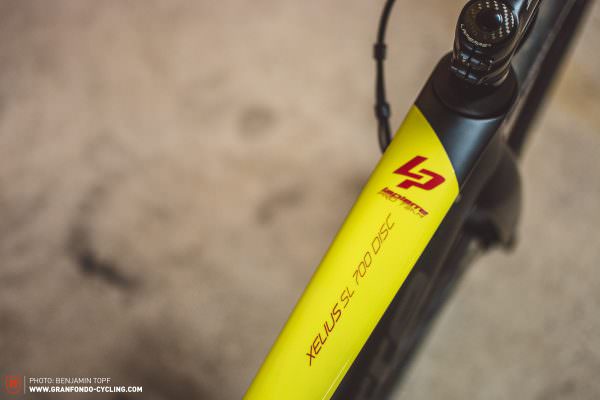
The tube shapes of the Xelius SL Disc 2019 are inspired by the Lapierre Aircode SL, their aero race bike, to make it faster on descents and flat, high-speed passages. As a result, the resemblance of the bikes is particularly noticeable on the down tube and the fork.
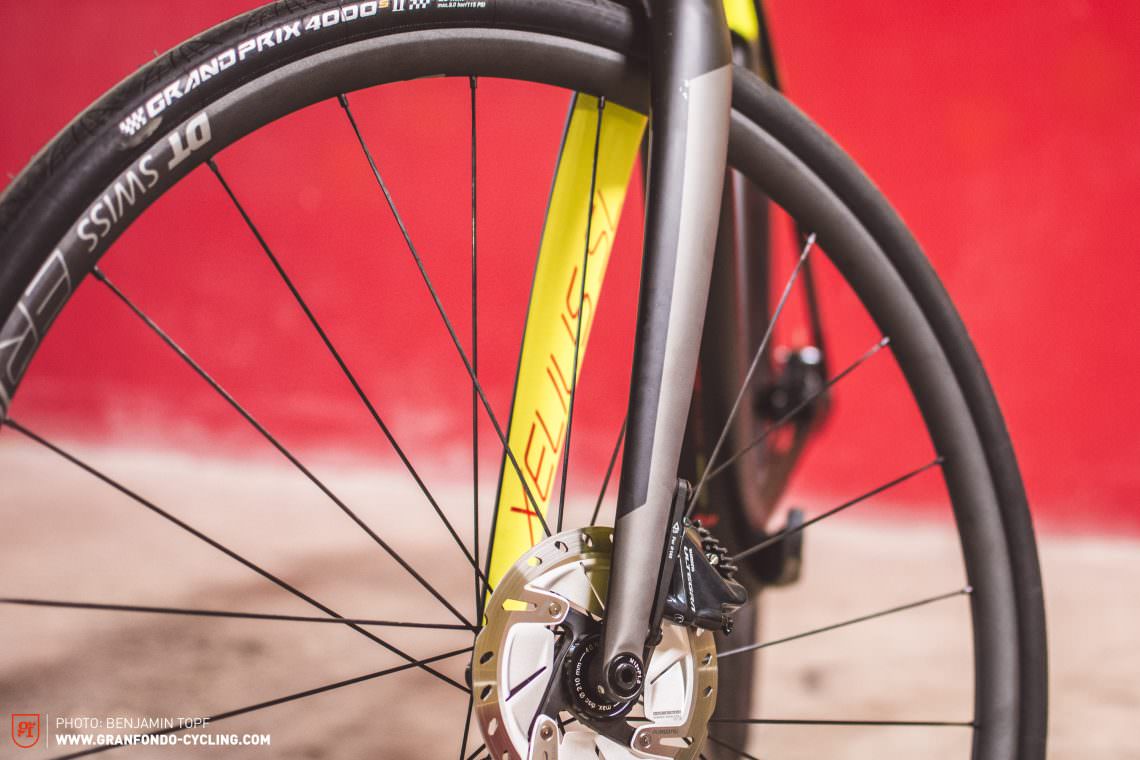
Some changes have also been made regarding integration: apart from the updated routing of the Shimano Di2 cables, we were drawn to the new headset cap which is semi-integrated into the top tube. While the optics and the functionality of the 2017 model raised some question marks and head shaking, we were convinced of the seat post clamp on the 2019 model. Easy to reach, cleverly integrated and with good clamping force – thumbs up! We would have liked to lift our other thumb too, but the Junction-Box of the Shimano Di2 shift group is placed under the stem – we’ve seen more elegant solutions.
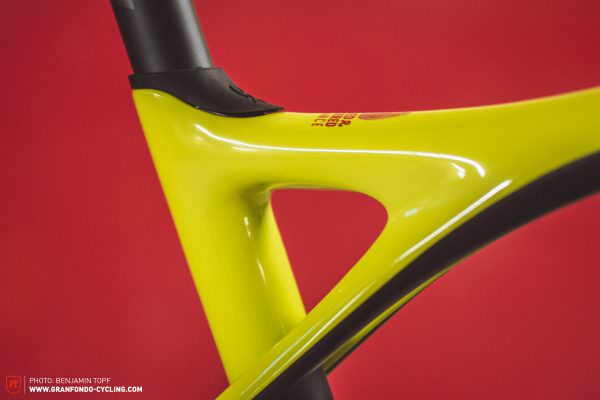
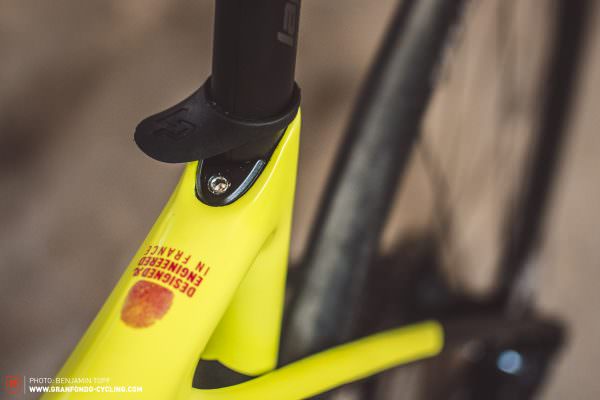
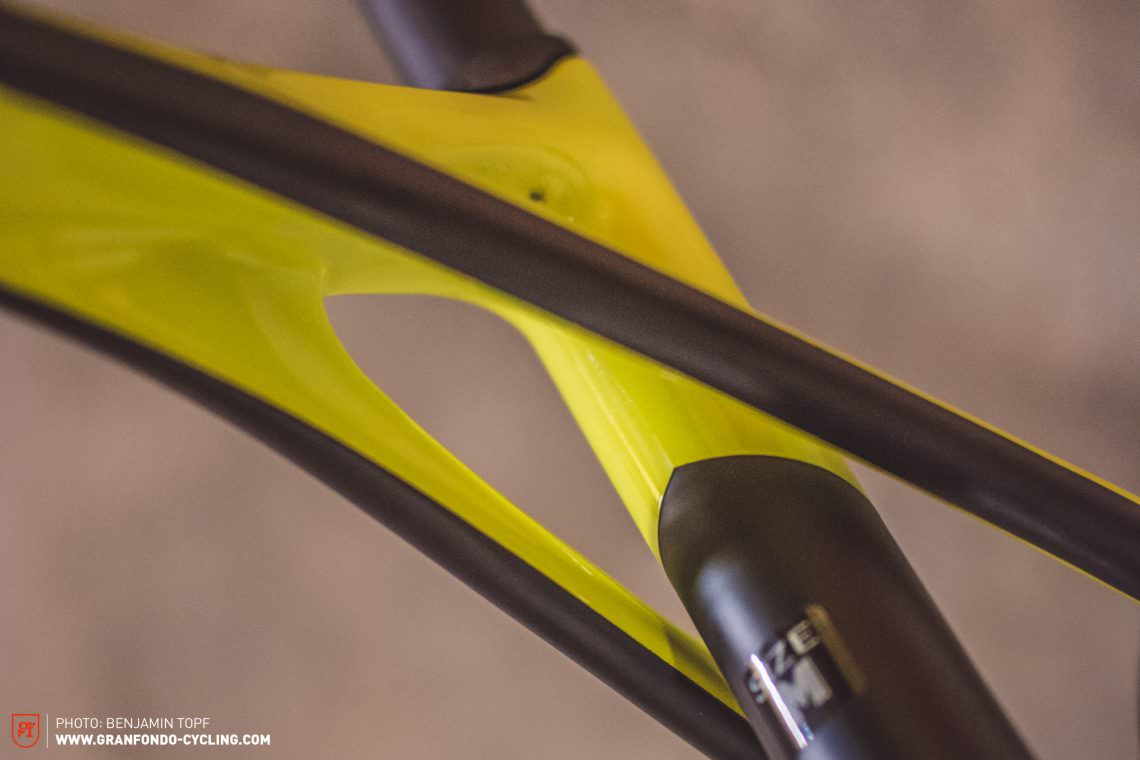
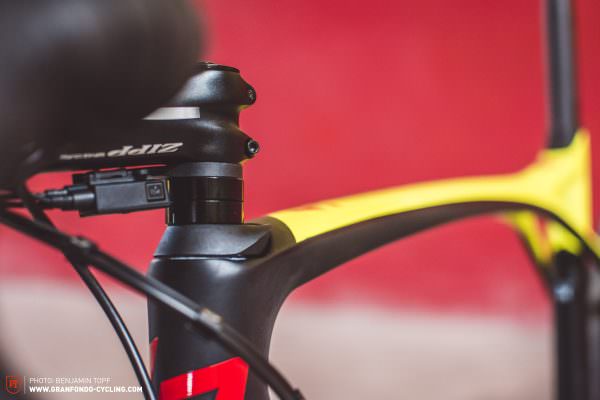
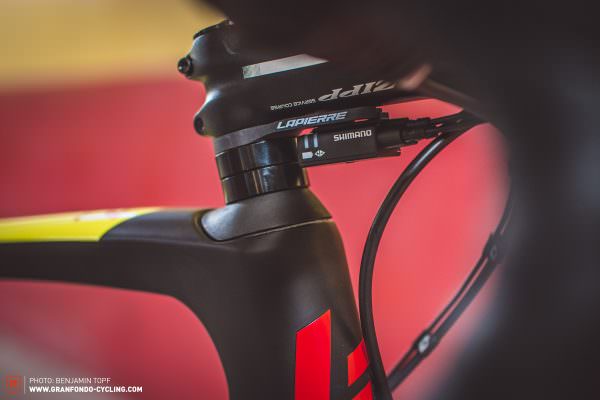
Lapierre Xelius SL 700 Disc 2019 – Specifications & Geometry
At first glance, you’ll immediately notice the oversized, 410 mm short chainstays of the new XELIUS SL 700 Disc frame. They scream stiffness, and (spoiler alert!) they are too. Next, the asymmetrically shaped seat tube caught our eye. Its design creates clearance for tyres of up to 28 mm wide and correspondingly high volume.
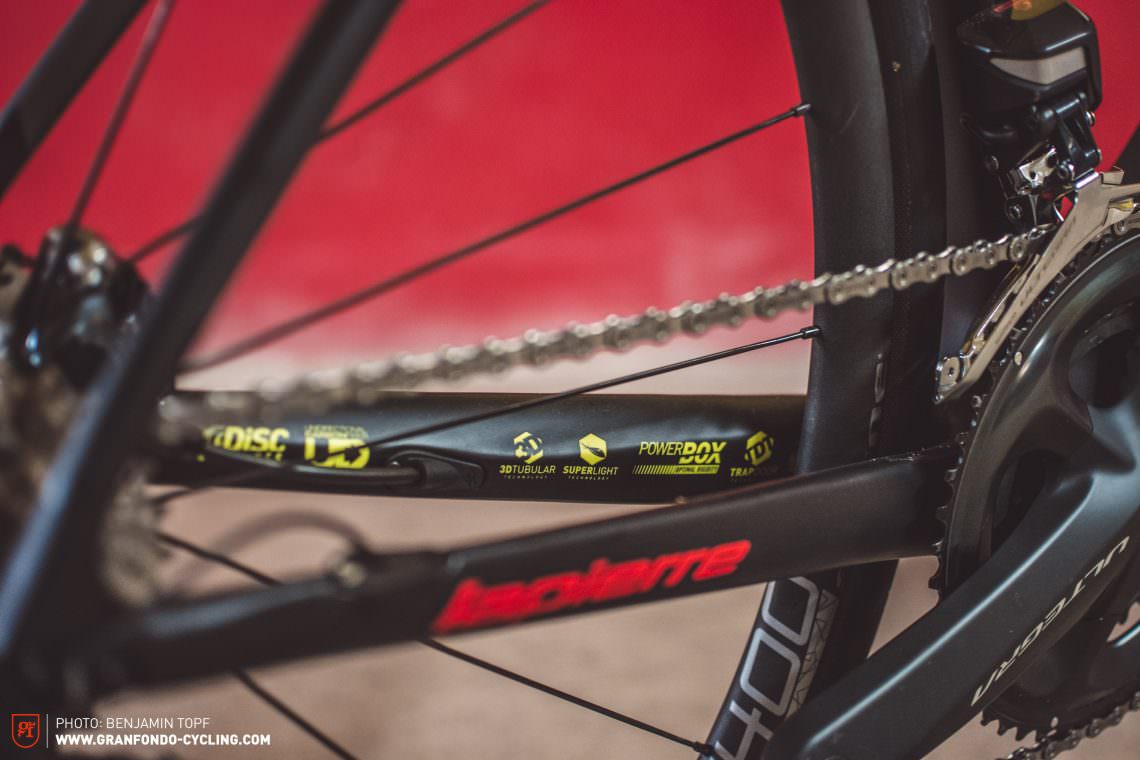

Hidden from the eye of the beholder – but no less relevant – is the updated head tube: for 2019 Lapierre has given the Xelius SL 700 Disc a tapered steerer and head tube. With this design, the diameter of the fork shaft increases from “1 ⅛” at the upper end to “1.5” at the bottom as is now part of the standard repertoire of almost all manufacturers.
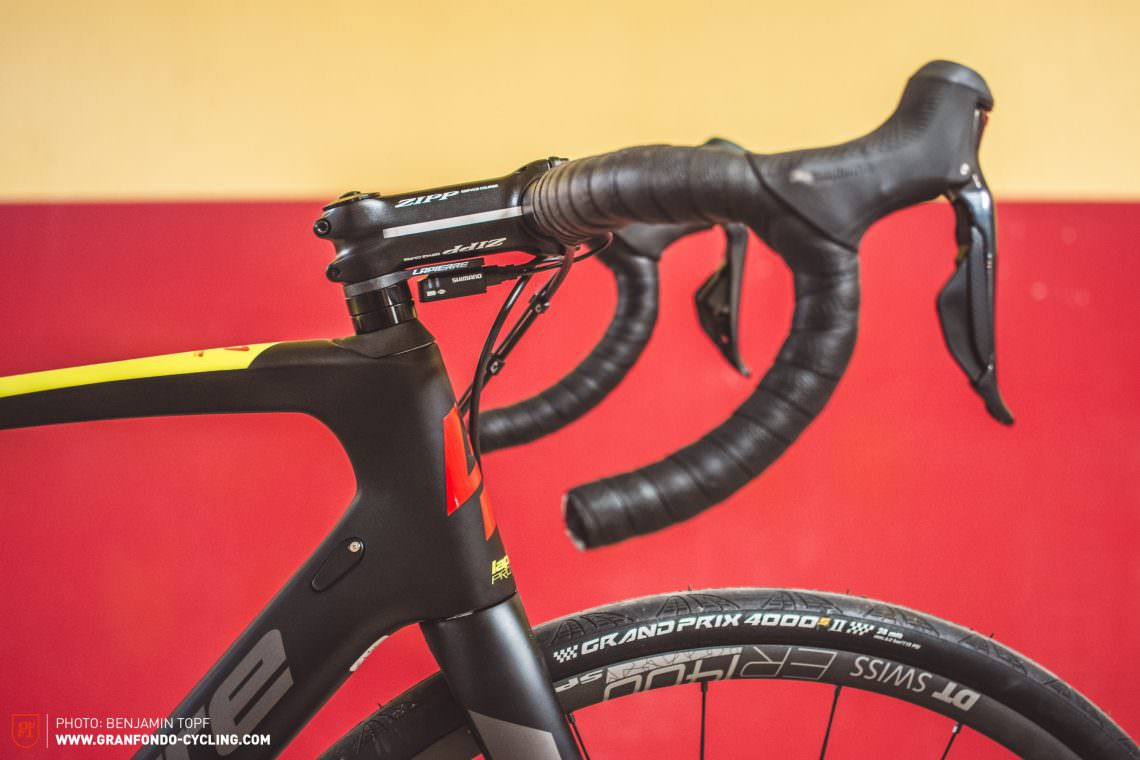
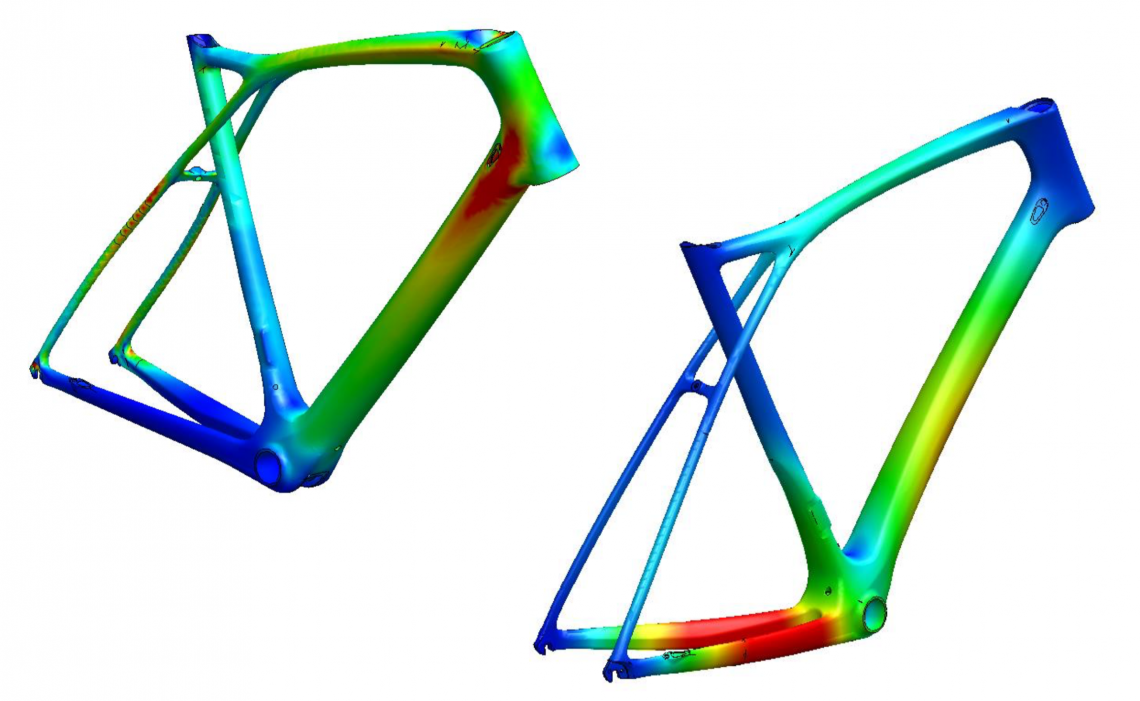
The bottom bracket area of the carbon frame has also been redesigned concerning stiffness. The so-called PowerBox technology should ensure that every watt is converted into propulsion and that even during hard pedalling the frame doesn’t twist beneath the rider.
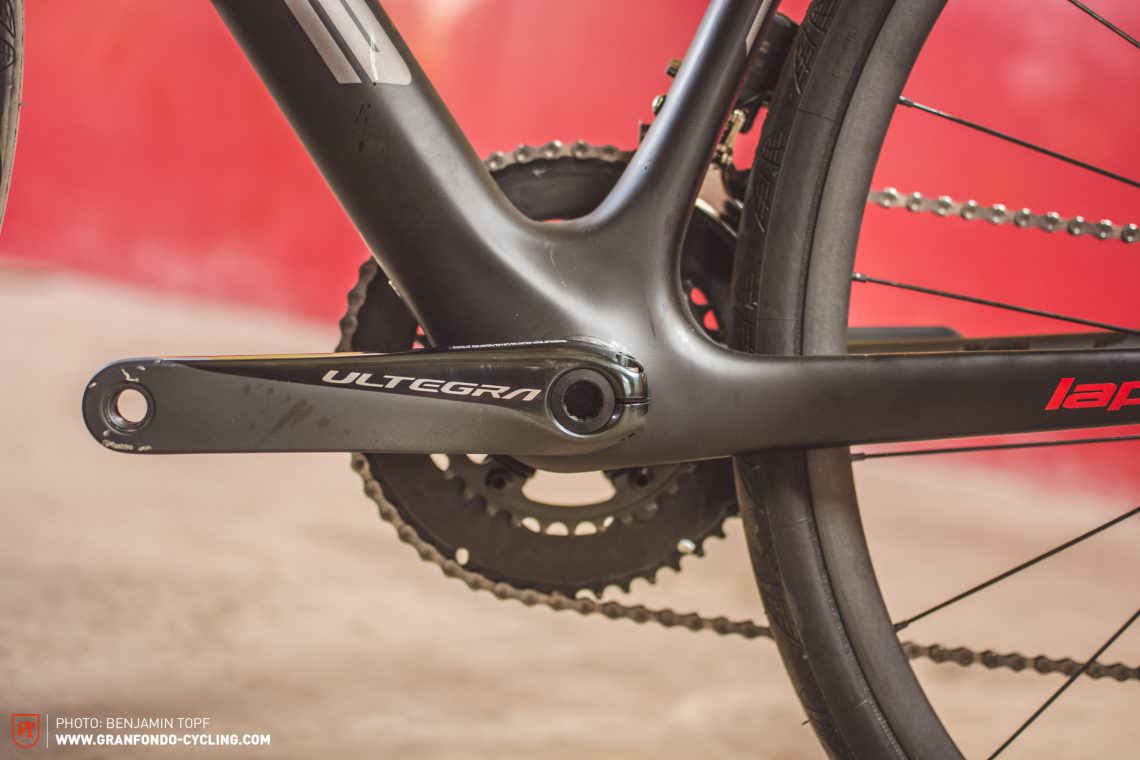
What surprised us about Lapierre was the weight of the frame. Not necessarily with sensationally low figures, but with a questionable, albeit refreshingly transparent two-tier policy. For example, the disc frame in size M is said to weigh 1022 g and is indicated as “production level B”. The disc brake version will only be available in this carbon grade. The “Grade B” frame of the rim-brake version is used for all complete bikes and is specified as 972 g in size M. All “Grade A” frames are exclusively available to teams and customers who only purchase the frameset and weigh 895 g in size M.
While the A-quality frames contain five different types of carbon, at grade B there are only three, which, according to Lapierre, mainly affects the weight but not the stiffness.
| Size | XS | S | M | L | XL | XXL |
|---|---|---|---|---|---|---|
| Seat tube | 460 mm | 490 mm | 520 mm | 550 mm | 580 mm | 610 mm |
| Top tube | 520 mm | 535 mm | 550 mm | 570 mm | 590 mm | 610 mm |
| Head tube | 105 mm | 120 mm | 140 mm | 160 mm | 180 mm | 200 mm |
| Head angle | 72° | 72° | 73° | 73° | 74° | 74° |
| Seat angle | 74° | 73° | 73° | 72.5° | 72° | 72° |
| Chainstays | 410 mm | 410 mm | 410 mm | 410 mm | 410 mm | 410 mm |
| BB Drop | 67 mm | 67 mm | 67 mm | 67 mm | 67 mm | 67 mm |
| Reach | 376 mm | 377 mm | 385 mm | 394 mm | 402 mm | 415 mm |
| Stack | 501 mm | 516 mm | 538 mm | 557 mm | 580 mm | 599 mm |
Our size L test bike came with the standard componentry: the complete Shimano Ultegra Di2 R8070 groupset, featuring 175 mm compact cranks with 50/34 chainrings and an 11-28 T cassette. The disc brake rotors have a diameter of 140 mm at the front and rear. The cockpit is a mix of a 420 mm wide Lapierre carbon handlebar and a 110 mm long Zipp Service Course AL stem. 28 mm wide Continental Grand Prix 4000 S II were mounted on DT Swiss ER 1400 SPLINE wheels. The Fi’zi:k Antares Versus Evo and the 27.2 mm Lapierre carbon seat post complete the package. As it is, ready to ride (incl. bottle cages, Garmin Mount and Shimano DURA-ACE pedals), in size L the bike weighs 7.84 kg. The net weight of this spec in size M is 7.45 kg.
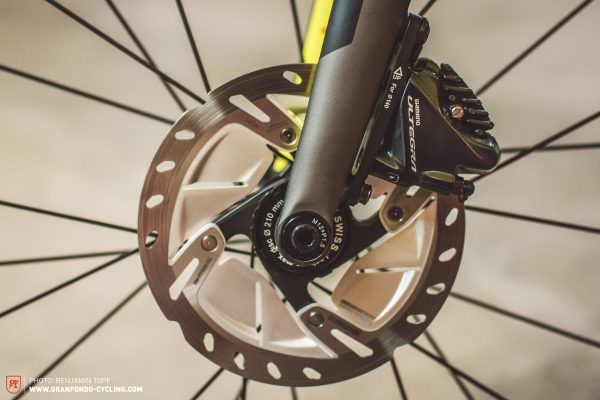
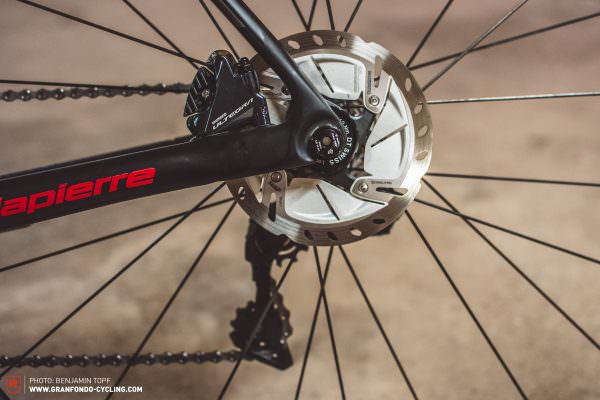
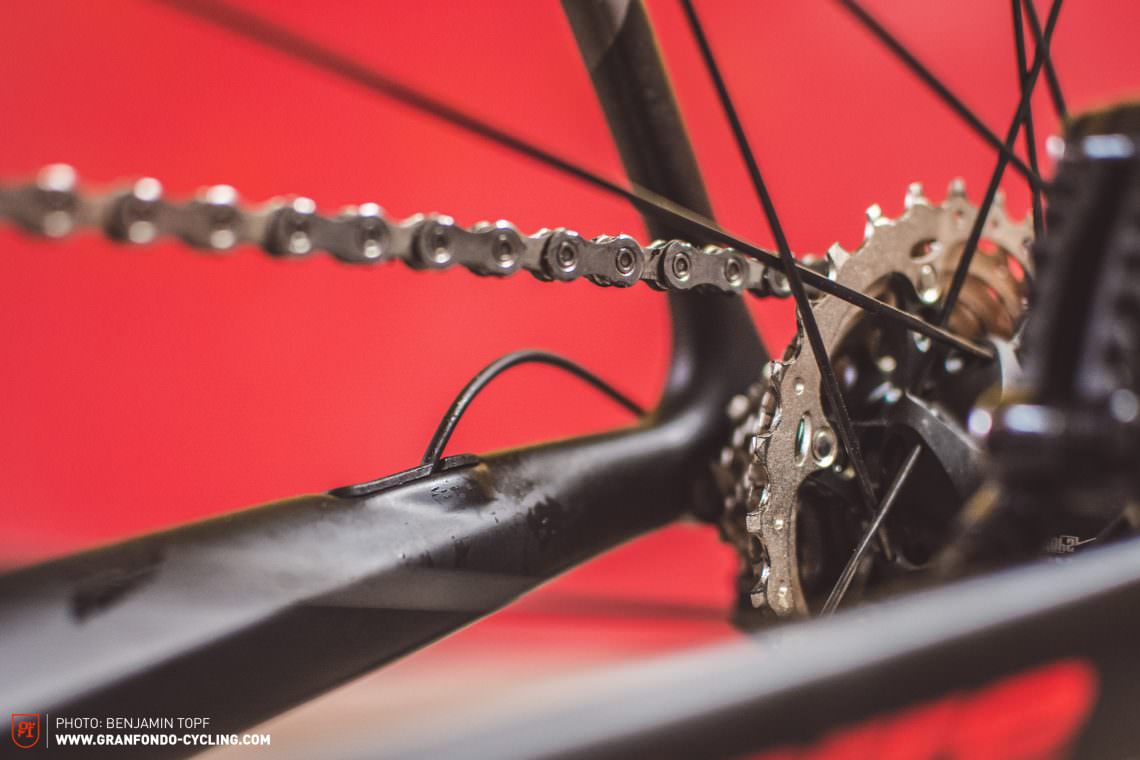

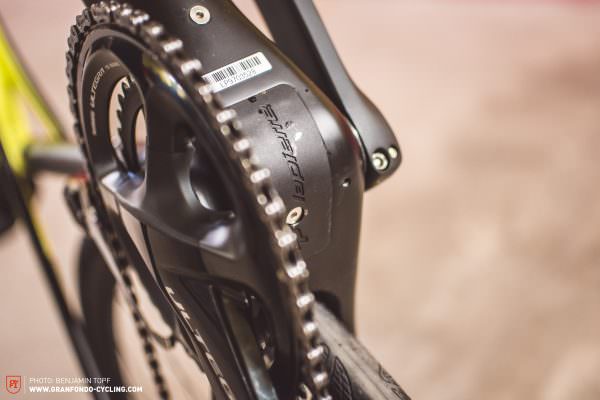
Lapierre Xelius SL 700 Disc 2019 – on the road
While on the mountain passes around Morzine we had the opportunity to ride the Xelius SL 700 Disc, as well as its rim-brake brother, the Xelius SL 900.
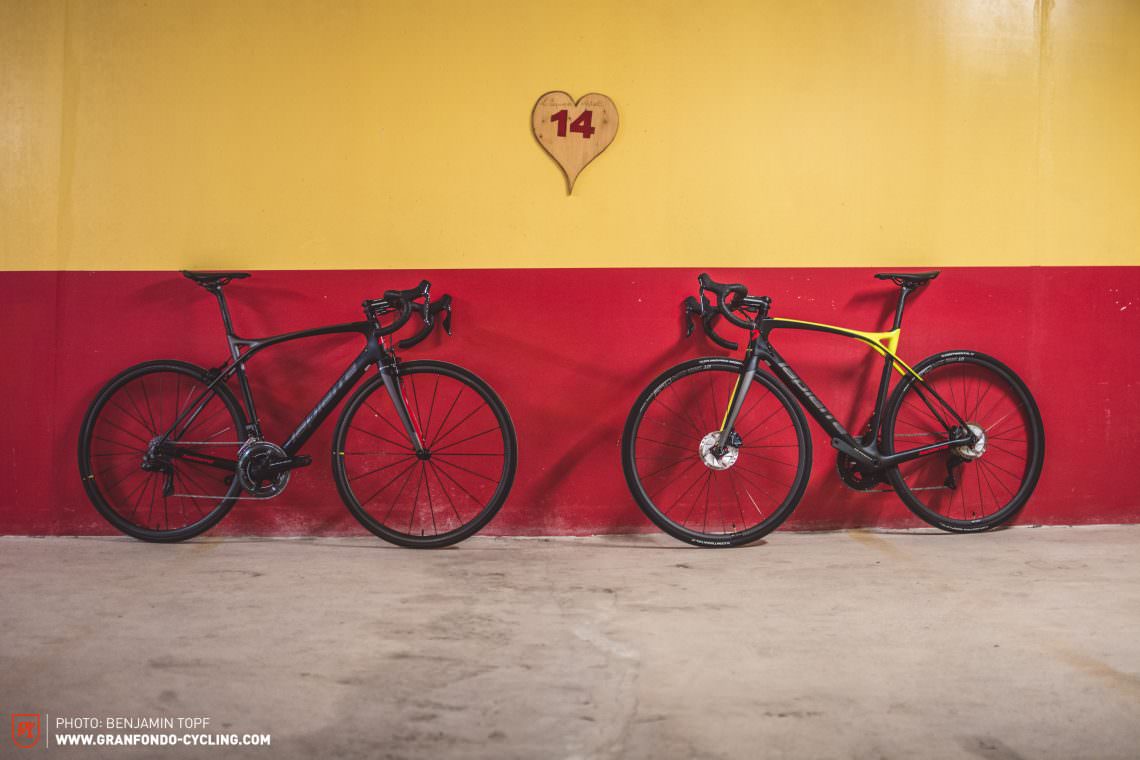
The acceleration of the Xelius SL 700 Disc put a smile on our faces. Thanks to the stiff bottom bracket area it sprints ahead willingly and makes it very easy to get up to pace. Since the DT Swiss ER 1400 SPLINE isn’t exactly one of the lightweights among disc wheelsets, the full potential of the frame has not yet been exploited, but even in this configuration, we can attest to the Lapierre’s lively sprinting and starting character. The Lapierre carbon handlebars and Zipp aluminium stem seem like a good cockpit combo, withstanding the rider’s forces without twisting, even at low-cadence, high-wattage pedalling. A significant improvement to the predecessor!
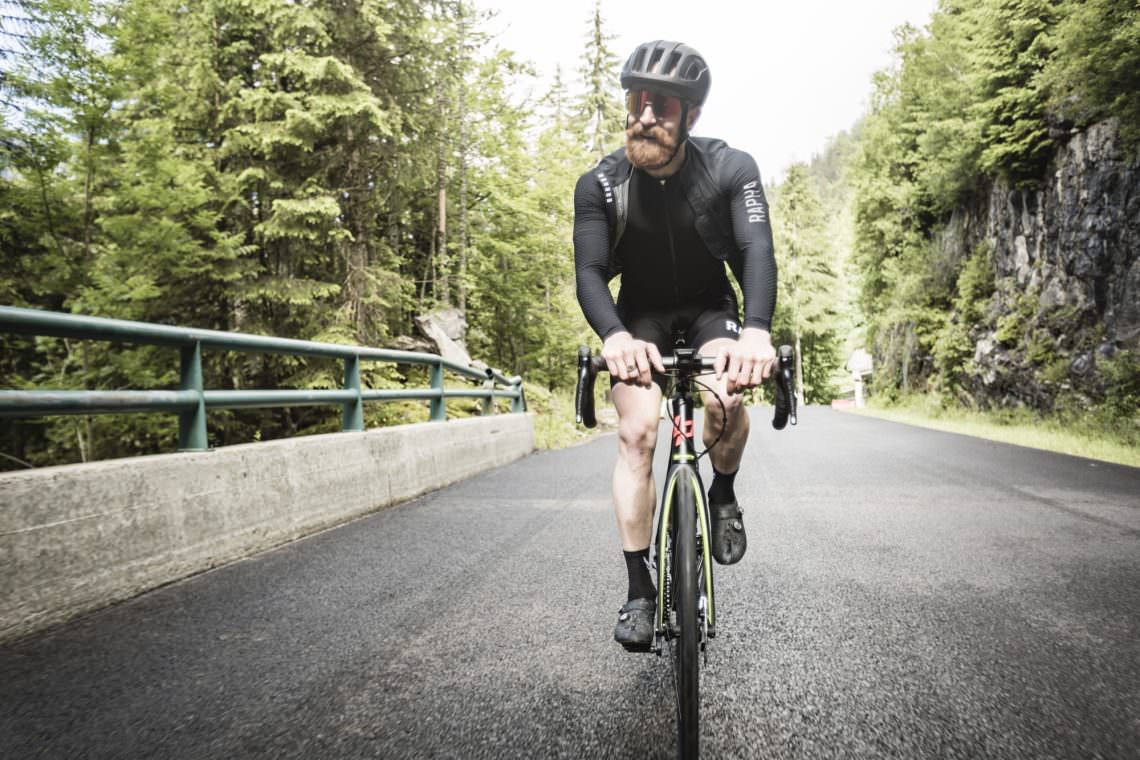
Regarding acceleration and sprint performance, however, the disc model of the Xelius SL 2019 lags behind the rim-brake version. The Xelius SL 900 isn’t only quicker due to the lighter wheels and the lower total weight, but it also looks more lively. The rim-brake version, therefore, is the clear winner on climbs!
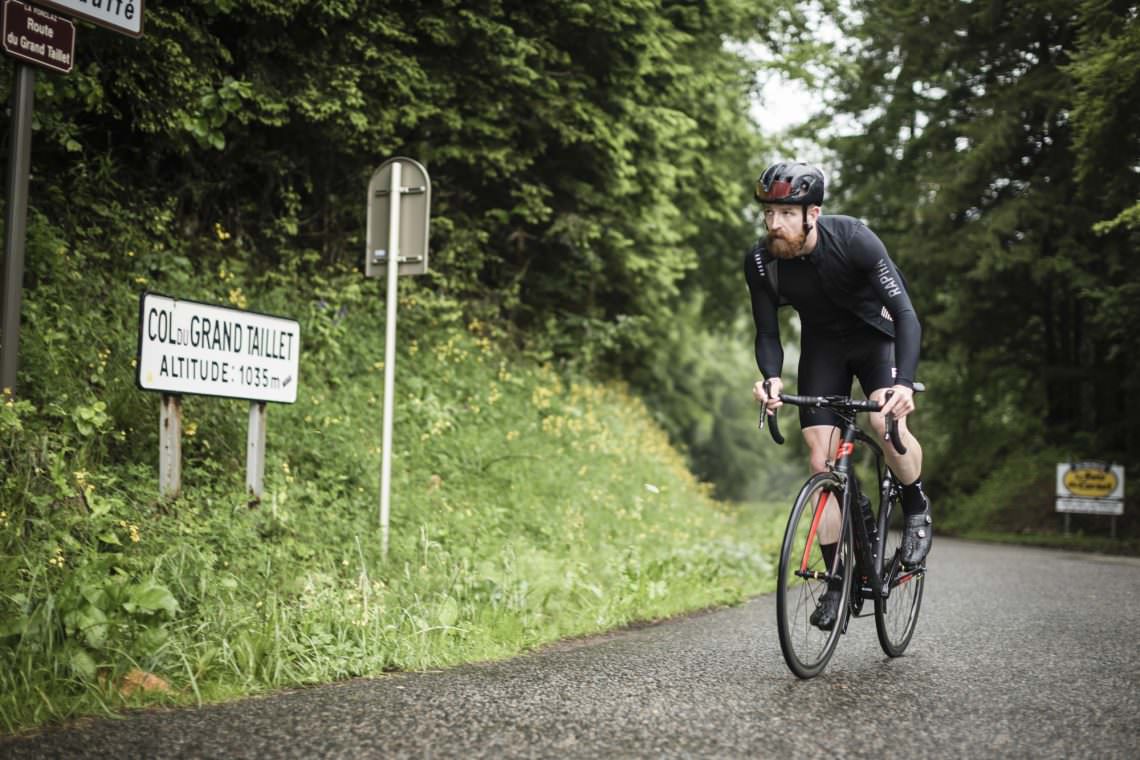
On level stretches, the bike benefits from the somewhat average weight of the wheelset and carries speed along well due to the inertia of the wheels. Riding in the slipstream of the guy in front of you, you can often rest your legs and prepare for the next climb. Since the seat stays are attached directly to the top tube and not to the seat tube, the frame effectively mutes road vibrations. The large-volume and 28 mm Continental tyres convinced us with their excellent rolling characteristics. Their large volume offers additional comfort. All in all, however, the Xelius SL 700 2019 is much stiffer than its predecessor. When we talk about comfort here, we’re talking about race bike comfort, not endurance bike comfort suitable for long distances.
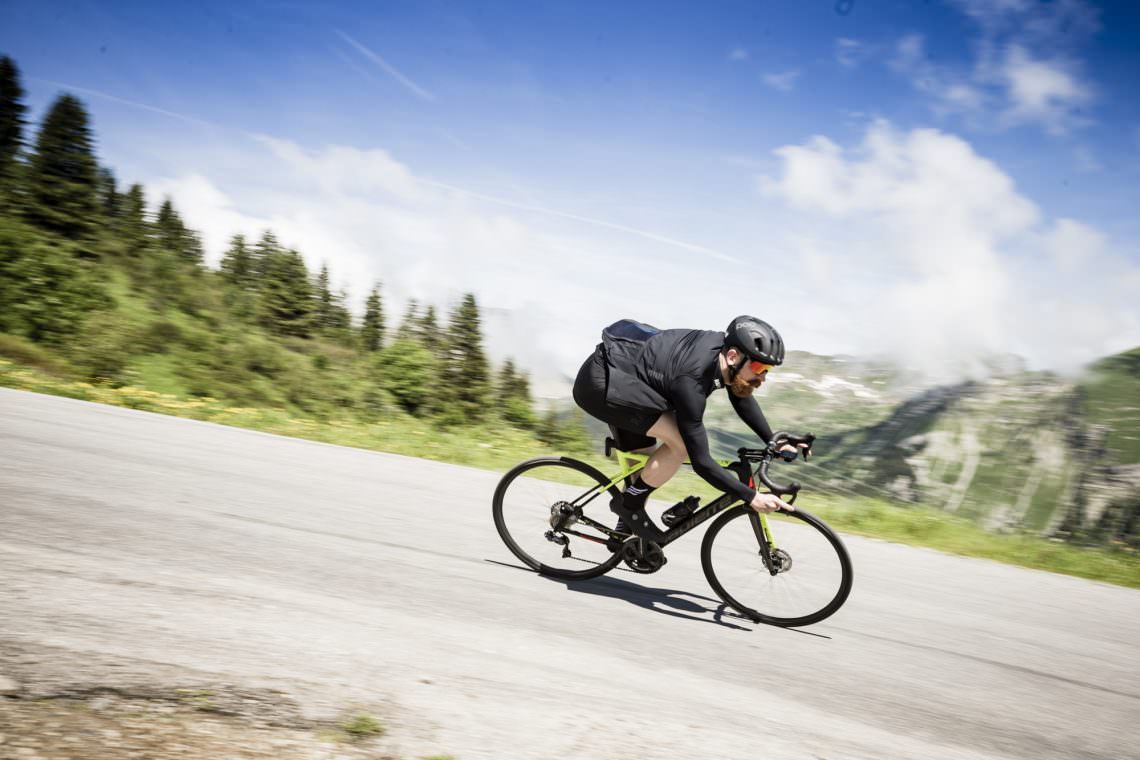
Unlike with sprinting and acceleration, the Xelius SL Disc is at an advantage on the descents. Here the bike feels very secure on the road, providing a high degree of safety thanks to the excellent modulation of the hydraulic Shimano Ultegra disc brakes. The rim brake model feels too unstable at higher speeds due to the soft and light wheelset. What both models have in common is their lightning-fast steering reaction when changing direction. The low centre of gravity on both models turns downhills with tight corners into Strava-segment hunting grounds. The unique positioning of the Di2 battery also helps to keep the center of gravity low: unlike many other manufacturers, instead of the seat post, it’s concealed beneath a cleverly designed cover under the bottom bracket.
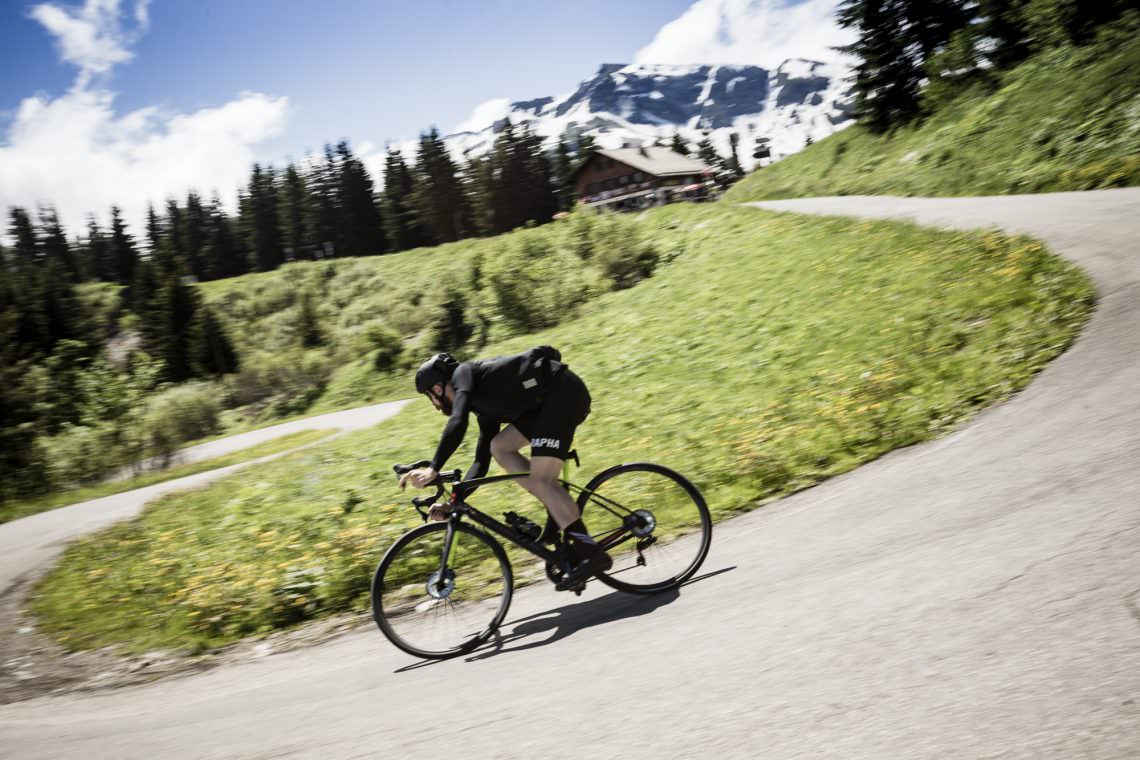
Conclusion
With the Lapierre Xelius SL 700 Disc 2019, the French brand has proven that we’ve got more than mustard to be thankful to Dijon for. In contrast to its predecessor, the Xelius is more predictable and down-to-earth and provides smart solutions in the details. The disc version performs solidly on the climbs but convinces especially when going downhill, while the rim brake version, on the other hand, only wants to climb, the descent is a bit of a balancing act. For those who like the aesthetics of the frame, the Xelius SL 700 Disc 2019 Pro Tour performance offers an extra dose of stability and safety.
For more info head to: bikes-lapierre.de (All prices are coming in the next days)
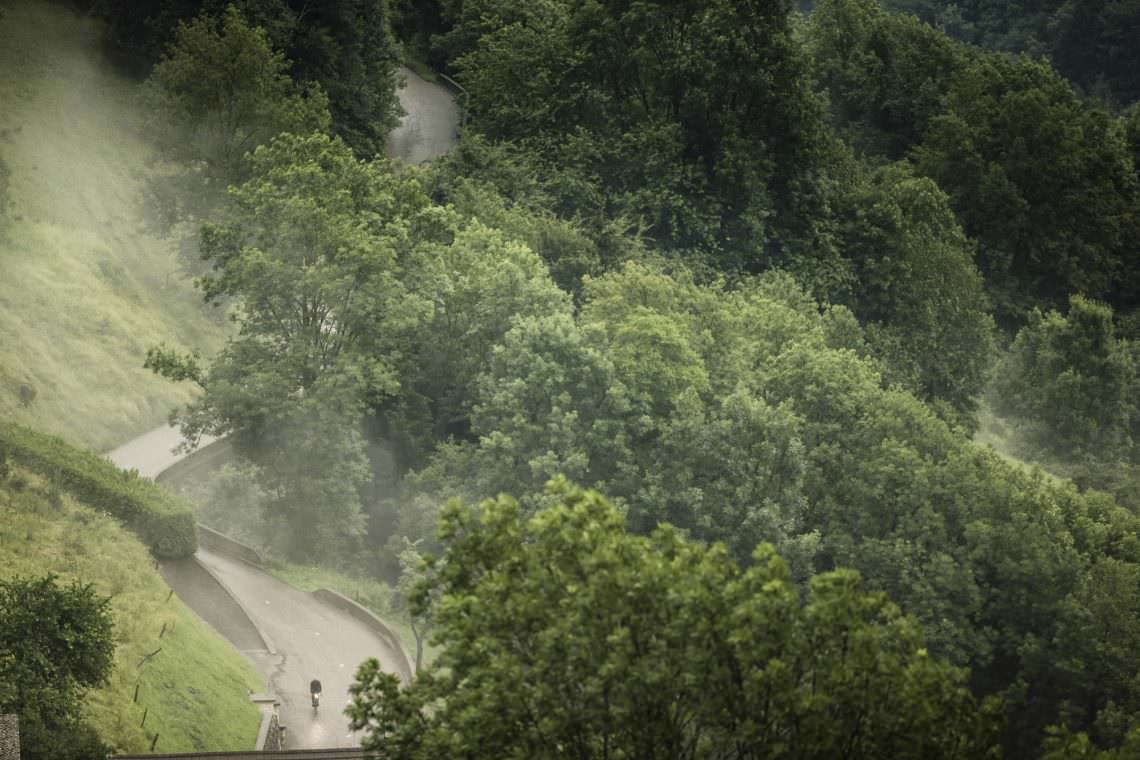
Did you enjoy this article? If so, we would be stoked if you decide to support us with a monthly contribution. By becoming a supporter of GRAN FONDO, you will help secure a sustainable future for high-quality cycling journalism. Click here to learn more.
Words: Benjamin Topf Photos: Benjamin Topf, Dominique Daher







